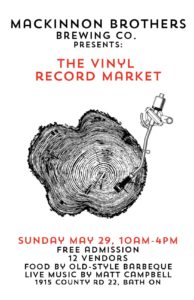 Four days off at Easter in mid-April is quite sensible. March is too dodgy with the threat of snow. This weekend promises, on average, at least one day of decent half-assed yard work with tasty drinks. Spring is here and soon the lands will be dry. Events too are coming soon. The annual revival is on at nearby Church-Key on May the 7th. Things are happening. I like this event three weeks later at nearer nearby MacKinnon Brothers – and I really like this poster which is a play on their Crosscut brand of ale. Doing things outside. Sprong has spreenged!
Four days off at Easter in mid-April is quite sensible. March is too dodgy with the threat of snow. This weekend promises, on average, at least one day of decent half-assed yard work with tasty drinks. Spring is here and soon the lands will be dry. Events too are coming soon. The annual revival is on at nearby Church-Key on May the 7th. Things are happening. I like this event three weeks later at nearer nearby MacKinnon Brothers – and I really like this poster which is a play on their Crosscut brand of ale. Doing things outside. Sprong has spreenged!
First, after the weekly news went to press last week I read an obit from The Times which was worth noting. It was for a young policeman man, Flight Lieutenant Douglas Coxell, who, by just 24, became one of Britain’s most accomplished bomber pilots serving both on D-Day and at Arnhem. This is a great line:
A jovial man, Coxell brewed his own beer and was known by his RAF colleagues as “the Soak of Peterborough”
This second beer related recollection in the obit is also worth noting:
Coxell had been mentioned in dispatches for his daring sorties in Norway, but his greatest feeling of achievement in the war came in early 1945 when he and his brother Peter joined their father and his fellow First World War veterans at the snug bar of the White Hart pub in the Cambridgeshire village of Old Fletton. “It was the proudest moment of his life to present two commissioned air force officers, one flying Spitfires with the 2nd Tactical Air Force in northern Europe and one flying Halifax modified bombers on supply drops to the Norwegian Resistance,” Coxell recalled with tears in his eyes. Much drink was taken.
I am a regular reader of Retired Martin‘s posts from the road as you all know but this week he pulled back the curtain on the exciting exotic life of a pub ticker:
… it’s actually quicker to get from Waterbeach to Guyana than Gunton, home of my next tick, a first newbie in more than two (2) weeks. Gunton has a station, right next to the Suffield Arms, which is convenient as the road is closed due to it being inconvenient to close it that week. The GBG reckons it’s in Thorpe Market (this year, watch it move to Southrepps in 2023). Work that one out. I’ve marked two other GBG entries either side of the Suffield. They’re all called “odd name Arms“; I was TORMENTED by the the fear I’d go in the wrong Arms, particularly as they’re all the sort of rustic gastropub that exist entirely for holidaymakers from Overstrand.
 Legal notes this week include Brendan P sharing how Stone is being sued for pinching the trademark of another brewery. I’d be suing for around 50 mill. In other asset lightening news – this time related to your wallet – John Hall encountered a new form of gouge. Being asked to pay more for the sort of tap the beer is poured from. The rip is on at Dogfish Head. Shocking. Not shocking. Also, Guinness settled a 2015 claim related to the Irishness of beer not brewed in Ireland resulting in a rather modest settlement:
Legal notes this week include Brendan P sharing how Stone is being sued for pinching the trademark of another brewery. I’d be suing for around 50 mill. In other asset lightening news – this time related to your wallet – John Hall encountered a new form of gouge. Being asked to pay more for the sort of tap the beer is poured from. The rip is on at Dogfish Head. Shocking. Not shocking. Also, Guinness settled a 2015 claim related to the Irishness of beer not brewed in Ireland resulting in a rather modest settlement:
The outer packaging of six- and 12-packs of Guinness Extra Stout sold in stores between 2011 and 2015, McCullough’s suit alleged, led consumers to believe that the beer was brewed at the historic St. James Gate brewery in Dublin, Ireland. It was, in fact, being brewed in New Brunswick, Canada — something that was noted in small print on the side of each bottle… Those who filed a claim before a deadline last year will receive 50 cents for each six or 12-pack of Guinness Extra Stout purchased between 2011 and 2015, up to a total of $10 without proof of purchase, or up to $20, if a claimant can provide proof of purchase.
The Mudge has reported that England has joined the rest of us in the 21st century and now requires calorie to be listed by all but the smallest restaurants and pubs:
It probably won’t make much difference to obesity, but then the entire government anti-obesity strategy is misconceived anyway. And of course calories are only one figure in the overall mix of nutrition. But what it will do is to give consumers the facts to make informed decisions – it is treating them as adults. It is hard to believe now that, going back forty years, the strength of alcoholic drinks was never declared. When CAMRA first published figures of original gravity – which is a rough approximation to alcoholic strength – in the 1970s, there was an outcry from the brewers, but it is now accepted is routine. I would expect that, in twenty years’ time, we will look back with surprise that calorie figures were ever not stated.
 On a related note, I came across one Canadian brewer doing what every pro beer scripto-consult-p/t dishwasher-expert said was impossible: a beer can with a nutritional info label. From a can of Rally Golden Ale made in Thornbury, Ontario. Nice. Treating people as adults.
On a related note, I came across one Canadian brewer doing what every pro beer scripto-consult-p/t dishwasher-expert said was impossible: a beer can with a nutritional info label. From a can of Rally Golden Ale made in Thornbury, Ontario. Nice. Treating people as adults.
This is an interesting graph posted ten weeks ago by Dr. McCulla. I am not so much interested in the graph as the footnotes. Utterly unreliable guesstimates. It is so odd that the US still has no grasp on its own brewing history before the mid-1800s.
Ron has, as mentioned, be involved with some extended travel and (finally!) has rid himself of the burden of beer writing to get down to a more essential topic in a two–parter, the eggy breakfasts on Cartagena, Columbia:
As with many restaurants we visited early doors, it was deserted. Almost. One table was occupied by a group of men. One of whom was so load, that he literally made me jump. And hurt my ears. While being right over the other side of the room. And me having my back towards him. I was so glad when they fucked off and I could eat my breakfast in peace. But I’m getting ahead of myself. I was delighted to see fried eggs on the menu. But worried they’d come hard fried again. That would be such a downer. I tried to make clear I wanted the yolks runny when I ordered. “Huevos fritos. Liquido, por favor.” See how fluent I am in Spanish. Almost like a native. At least the waitress understood, as two beautifully fried eggs arrive a little later. I’m so happy. Even though they’re served with nothing other than toast.
This was a helpful lesson. An article on a return to the what has been called the toughest pub in Britain, Walthamstow’s Tavern on the Hill (described as featuring scary customers, random acts of violence and grim facilities) has discovered a very different scene:
I find an impressive 5-star food hygiene rating sticker on the door (something even some popular upmarket chains can’t claim to have); a friendly Scottish barman in a bright pink shirt; and a large collection of impeccably-tended houseplants. A quick scan of the pub’s Twitter reveals it has changed hands, seemingly not long after the YouTube video was shared… and it’s new look couldn’t be more different from its old one. It’s a Tuesday lunchtime and the atmosphere inside is calm and communal. A few locals sit chatting near the bar. The bartender is giving one of the older customers advice about his National Insurance, while other customers are having an amicable debate about the latest Downing Street scandal.
I even read a beer book this week. I am on a bit of a book reading spree, having organized myself a bit, now on my 19th book of the year. The 18th book was 2010’s The Search for God and Guinness by Stephen Mansfield. A good and reasonably quick read, it’s more a book on the family than the brewery and focuses on their Christian and otherwise ethical good works over the centuries. There is also a helpful bibliography. Here is an interview with the author from the time of publication from a faith-based point of view. It reminds us of how subject to mannerism beer writing is, how formulaic. While a bit of a hagiography it is at least an attempt to discuss the haigo and not the more common happy clappy booze trade PR.
Finally, a new form of beer: illegality and political crisis beer.
For more, checking out the updates from Boak and Bailey mostly every Saturday and from Stan every Monday, plus more with the weekly Beer Ladies Podcast, and at the weekly OCBG Podcast on Tuesday and sometimes on a Friday posts at The Fizz as well. There is a monthly sort of round up at The Glass. (Ed.: that seems to be dead now.) There is more from DaftAboutCraft‘s podcast, too. And the Beervana podcast. And sign up for Katie’s irregular newsletter, The Gulp, too. And check out the Atlantic Canada Beer Blog‘s weekly roundup. Plus follow the venerable Full Pint podcast. And Fermentation Radio with Emma Inch. The AfroBeerChick podcast as well! And also look at Brewsround and Cabin Fever. And Ben has his own podcast, Beer and Badword (Ed.: …notice of revival of which has been given…) And remember BeerEdge, too, and The Moon Under Water.

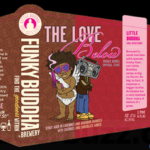


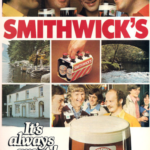



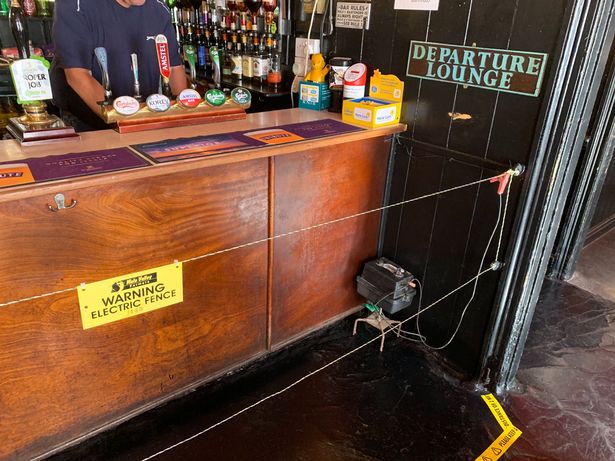

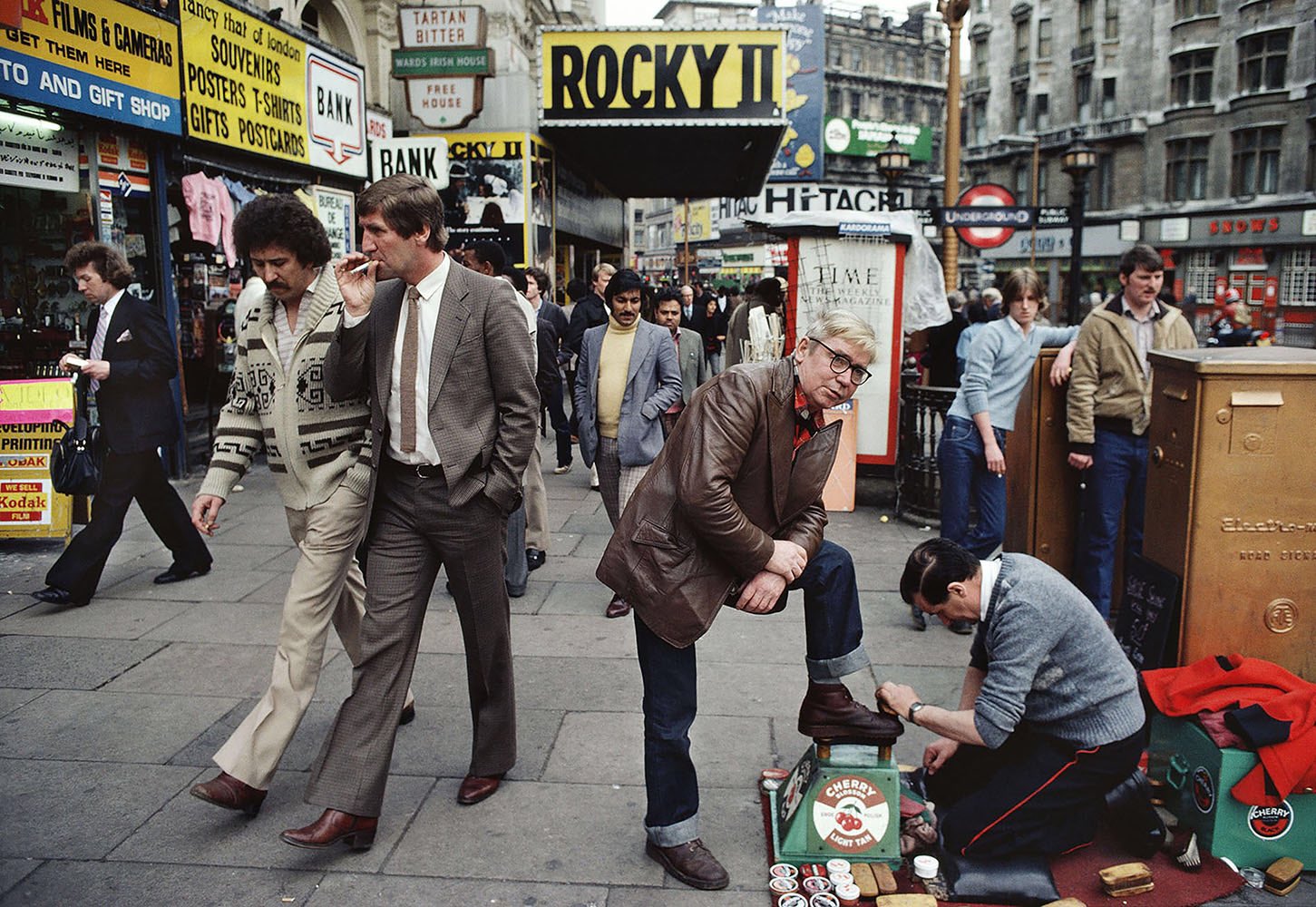 The last of birthdays, anniversaries and public holidays over the last four weeks has finally passed. And it has snowed. Wednesday was as sharp as deepest January at -16C even if it was +8C last Saturday. Five weeks before the solstice. So, I am buried in wool blankets at home this week, covered as soon as I get through the door, hugging the wood burning internet server looking for answers. Which is where I found the image above, from 1979 when
The last of birthdays, anniversaries and public holidays over the last four weeks has finally passed. And it has snowed. Wednesday was as sharp as deepest January at -16C even if it was +8C last Saturday. Five weeks before the solstice. So, I am buried in wool blankets at home this week, covered as soon as I get through the door, hugging the wood burning internet server looking for answers. Which is where I found the image above, from 1979 when  Perhaps somewhere in the middle, Boris Johnson has apparently failed to keep his word, this time related to staying out of the pub until Brexit is
Perhaps somewhere in the middle, Boris Johnson has apparently failed to keep his word, this time related to staying out of the pub until Brexit is 

 I resemble that remark myself. And I even went to yet another bar this week. I never go to bars but last Friday for one at the
I resemble that remark myself. And I even went to yet another bar this week. I never go to bars but last Friday for one at the  Quieter? Why yes,says I. Quieter. We have begun the long slide and climb towards the Vernal equinox, the true beginning of the year. By which time my carrots for 2020 should be up. I have yet to pick a carrot. Not one. Before you pick a carrot you have dreams that they are all sweet as candy and the size of baseball bats. Like the feeling you have the day before the lottery is drawn, the anticipation felt walking to a first date. You can eat those little green young stems, you know. You can’t eat a lotto ticket.
Quieter? Why yes,says I. Quieter. We have begun the long slide and climb towards the Vernal equinox, the true beginning of the year. By which time my carrots for 2020 should be up. I have yet to pick a carrot. Not one. Before you pick a carrot you have dreams that they are all sweet as candy and the size of baseball bats. Like the feeling you have the day before the lottery is drawn, the anticipation felt walking to a first date. You can eat those little green young stems, you know. You can’t eat a lotto ticket.